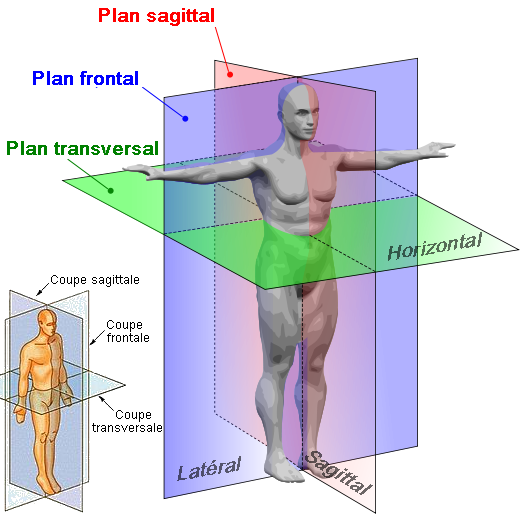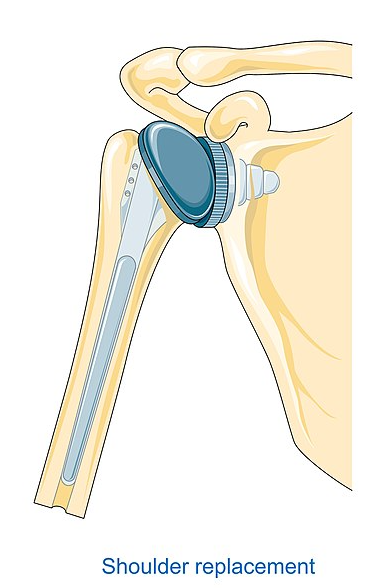SURGICAL PLANNING ASSISTANCE
ISSUE
In orthopedic surgery, preoperative planning is an essential step and an effective means for surgeons to anticipate potential surgical difficulties and begin to target the choice of implants. However, in order to ensure the best possible solution, surgeons must consider numerous criteria, including the patient’s clinical profile, the type of procedure, the choice of prosthesis model, and the implantation of the prosthesis.
In many cases, the specific anatomical characteristics of patients’ bones require them to order a multitude of prostheses to ensure they have the appropriate materials during the operation. This operating mode is problematic: it immobilizes material resources that the surgeon will not use and could be used for other purposes. This procedure requires sterilization of all parts before and after the operation, even for unused parts, which mobilizes medical teams and creates unnecessary work overload. All sizes of prostheses are tested during the surgical procedure, prolonging the operation time. The surgeon must spend a considerable amount of time analyzing the most optimal way to place the prosthesis to ensure proper functioning of the limbs.
How can we reduce costs and optimize the management of medical resources? How can we ensure that the surgical technique and implant are as effective as possible?
SOLUTION PROVIDED
Neovision has developed a preoperative planning solution to guide surgeons in their technical choices using machine learning and deep learning. This solution offers recommendations for the recommended type of intervention, prosthesis choices, and their implantation (orientation).
CUSTOMER BENEFIT
By leveraging a database of clinical cases, the suggestions for materials and implantation help optimize the working time of medical teams. It also allows for savings by avoiding unnecessary immobilization of expensive equipment. From an organizational perspective, this greatly simplifies processes, as medical teams no longer need to sterilize or return implants (often accompanied by specific tools for installation).
REALIZATION
Our solution has been adapted to adress several applications:
- Orthopedic shoulder surgery : predicting the type of implant to choose between TSA (Total Shoulder Arthroplasty or Anatomical Implant) and RSA (Reverse Shoulder Arthroplasty or Reverse Implant).
In order to provide a relevant recommendation solution, we helped our client build a database of representative clinical cases. Around twenty surgeons were consulted, and they jointly evaluated hundreds of cases, considering surgical techniques, implant type, size, and position. Tabular data, CT scans, and MRI scans were used, mainly to assess tendon condition and bone quality. Our AI was then trained to offer personalized recommendations based on the feedback from these surgeons. Through a thorough analysis of the results, several variables were identified as significant, meaning they would have a substantial influence on the choice between the two surgical techniques.
- Orthopedic shoulder surgery: predicting the lenght of the humeral stem
There are numerous sizes and shapes of humeral stems, and there was no prior prediction available during the planning phase. This forced surgeons to test various prostheses during the procedure to determine the most suitable one, resulting in significant time loss and immobilization of equipment. Our solution allows for preoperative recommendation of the most suitable prosthesis type (based on 3D images and sagittal, axial, and coronal slices). The model was trained on multiple databases for medical image segmentation (MRI, CT).


- Prediction of parameters for self-planning
Beyond the choice of implant, the positioning of the implant is crucial, ensuring patient comfort and maintaining mobility. To address this, we developed a functionality for self-planning, which involves planning the positions, orientations, and parameters of the implants. We selected and trained machine learning methods that yielded good prediction results. This significantly reduced the planning time required by surgeons.
TECHNOLOGIES & ASSOCIATED EXPERTISE
COMPUTER VISION, MACHINE LEARNING, DEEP LEARNING
TESTIMONIAL
« Wright is the leader in digital surgery in orthopedic extremities and focused to provide innovative and transformative software-enabled surgery platforms and solutions. Wright has selected Neovision to support our artificial intelligence algorithms to improve surgical planning and support improved patient outcomes. »
Jean Chaoui, Vice President and Chief Software Technology Officer at Wright Medical
Date
23 May 2023
Category
Computer Vision, Deep Learning, Imagerie 3D, Machine learning, R&D, Santé



